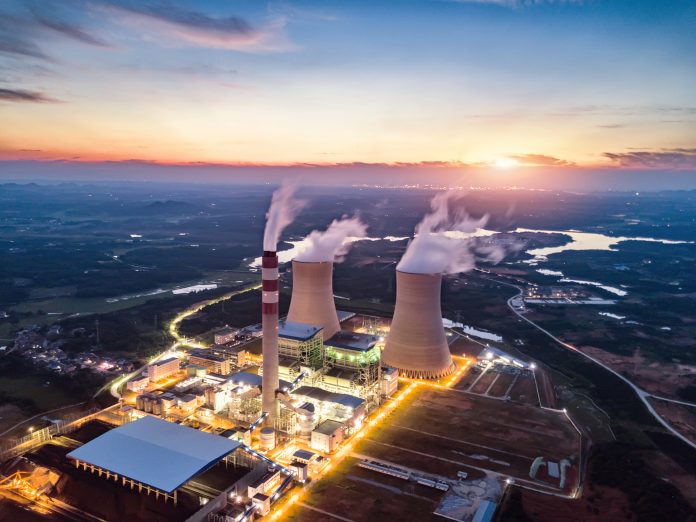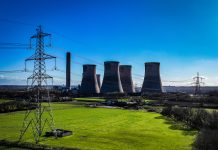For the first time in U.S. history, a commercial nuclear reactor tests fuel enriched above the traditional 5 per cent threshold, marking a milestone in nuclear fuel and energy development
Southern Nuclear has begun irradiation testing of new higher-enriched nuclear fuel at its Vogtle Unit 2 reactor in Waynesboro, Georgia. This could reshape the future of nuclear power production in the United States.
What makes this fuel different?
The new fuel, developed under the U.S. Department of Energy’s Accident Tolerant Fuel Program, is enriched up to 6 per cent in uranium-235, the primary isotope used to generate energy in nuclear reactors.
This level of enrichment allows the fuel to remain in reactors for more extended periods and operate at higher power levels. This could help increase the efficiency and output of nuclear plants while reducing the amount of nuclear waste generated.
Most commercial nuclear reactors in the U.S. currently run on fuel enriched between 3 and 5 per cent. Higher-enriched fuel opens the door to longer operating cycles, extending from the standard 18 to 24 months.
This not only boosts the energy output per cycle but also minimises the number of times a reactor must be refuelled, potentially reducing maintenance-related downtime and improving overall operational efficiency.
Longer cycles, less waste
Four lead test assemblies containing the advanced fuel have been loaded into the Vogtle Unit 2 reactor for commercial testing.
These assemblies use Westinghouse Electric Company’s ADOPT® fuel pellets derived from uranium oxide powder enriched and prepared by Idaho National Laboratory. The powder was converted into fuel pellets and assembled into fuel rods before being shipped to the Vogtle site.
In addition to higher uranium-235 enrichment, the fuel pellets include special additives that enhance safety performance. These additives are designed to improve the fuel’s resistance to extreme conditions, aligning with the goals of the DOE’s Accident Tolerant Fuel Program to increase the safety margins of nuclear fuel during unexpected events.
Testing timeline
The testing phase for the lead assemblies will be over four and a half years, covering several fuel cycles. After each cycle, the fuel will be removed and examined to gather performance data. A detailed assessment will follow the completion of the full testing period, and the results will help determine the feasibility of broader commercial use of the fuel in the U.S. nuclear fleet.
If the testing proves successful, the adoption of higher enriched fuel could play a critical role in supporting the future of nuclear energy in the U.S. By allowing longer cycles, reducing waste, and enhancing power generation capabilities, this new fuel technology could provide a valuable tool in meeting growing energy demands with a reliable and carbon-free power source.
The testing at Vogtle Unit 2 represents a significant advancement for Southern Nuclear and the entire nuclear energy industry. As the demand for clean, reliable electricity continues to grow, innovations like these are essential to improving the performance, safety, and sustainability of the nation’s nuclear power plants.











